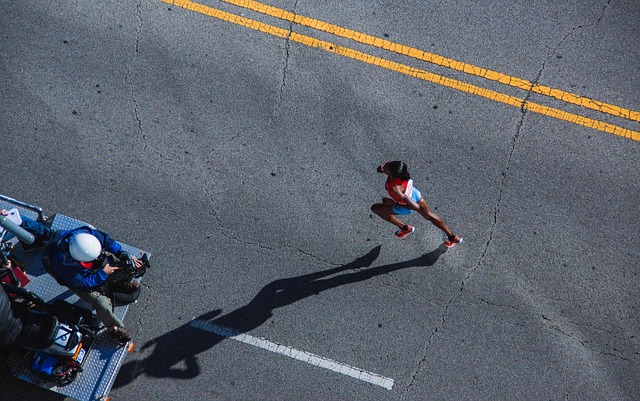Sports photography is more than just a profession; it’s a thrilling pursuit that brings together the art of photography and the passion of athletics. Capturing those fleeting moments of action requires a keen eye, quick reflexes, and an intimate understanding of one’s camera. When you delve into the world of sports photography, you enter a dynamic arena where the stakes are high, and every click of the shutter can tell a compelling story of triumph, struggle, and raw emotion.
To master sports photography, one must first appreciate the significance of timing and positioning. The right moment can transform a standard image into an exhilarating shot that resonates with viewers. Whether it’s a soccer player soaring through the air to catch a game-winning header or a sprinter poised at the starting line, these moments are transient, lasting mere seconds. This is where your camera, equipped with fast autofocus and high burst rate, becomes indispensable for capturing the intensity of live action.
The optics you choose also significantly affect your sports photography. Lenses with a wide aperture allow more light in, enabling you to shoot in challenging lighting conditions often found in indoor arenas or during twilight games. A telephoto lens can bring the action up close, ensuring your images resonate with the energy of the moment, allowing viewers to feel as if they are right there in the stadium, experiencing the thrill firsthand.
Exposure settings play a crucial role in this fast-paced environment as well. Understanding how to manipulate shutter speed, aperture, and ISO settings can dramatically influence the outcome of your photos. A faster shutter speed is essential to freeze action, while a slower speed can create a sense of motion, adding depth and excitement to your photographs. The balance between these settings is a dance that every sports photographer must learn to master.
Light is your ally in sports photography. Early morning or late afternoon light can produce breathtaking shots with dramatic shadows and highlights. Experimenting with natural light helps to convey the mood and atmosphere of the game, forging an emotional connection with your audience. Despite the fast pace of sports events, taking time to consider how you utilize light can transform your action shots into powerful narratives.
Beyond the technical aspects, sports photography is about connection—connecting with the athletes, the audience, and the sport itself. Getting to know the players can help you anticipate their movements and capture authentic emotions that resonate beyond the stadium. Understanding their stories and struggles allows you to frame your images in a way that tells more than just what is happening on the field.
Ultimately, sports photography is a celebration of human spirit and endurance. The images you capture can immortalize monumental achievements or heart-wrenching defeats. They provide a glimpse into the adrenaline-fueled spectacle that is sports and invite viewers to relive those moments long after the final whistle has blown. Each photograph is a story, a moment frozen in time that evokes the highs and lows of competition. Through photography, we become spectators of our shared humanity, witnessing how perseverance and passion collide in the world of sports.



